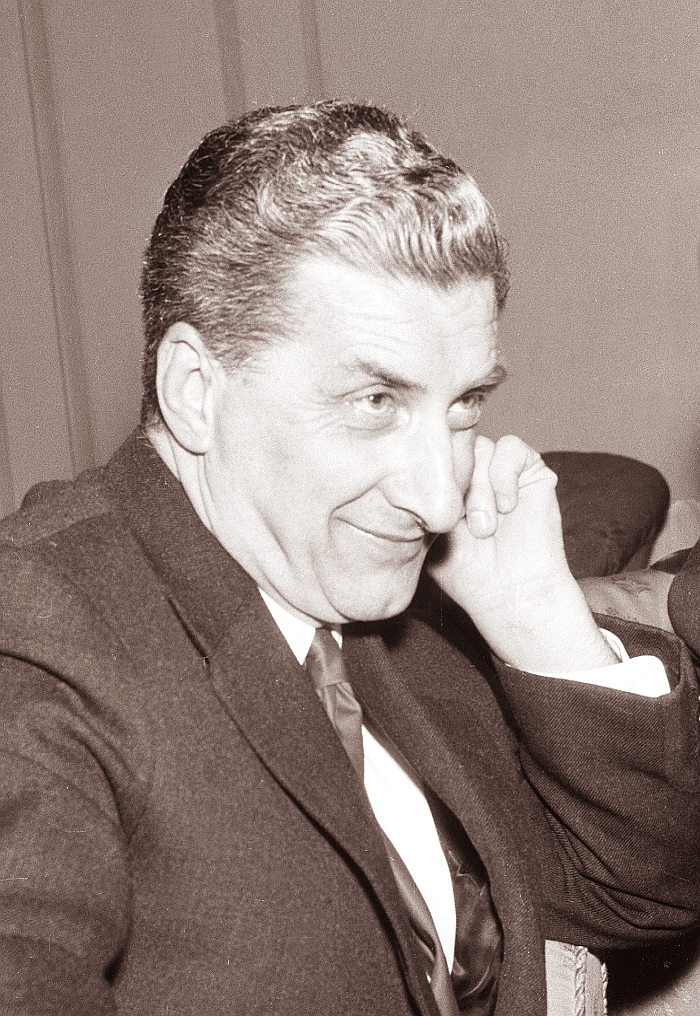Back in the spring Haitian musician Wyclef Jean informed us all he'd be "Gone Till November".
And so he should be back any day now; and given how busy he's invariably been all summer, earning as he has been enough money to buy out blocks, he's probably not had a chance to visit an architecture or design museum. And so, we assume, will be absolutely desperate to stimulate his cognitive faculties.
Our five recommendations for new exhibitions opening in November 2023 for Wyclef Jean, or indeed for anyone seeking to achieve fresh perspectives on architecture, design and the world around us, can be found in Vienna, Oslo, Brno, Krefeld and Ljubljana.......
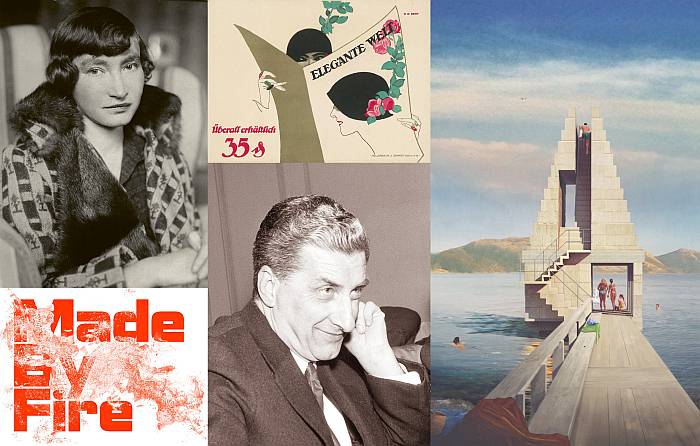
A couple of years ago, in the midsts of Corona, the Museum für Angwandte Kunst, MAK, Vienna staged an exploration of the contribution of female creatives to the fabled Wiener Werkstätten; Werkstätten that played such a key role in the move from Art Nouveau to Functionalism, a role normally explained as being being undertaken by men alone. Something the MAK tended to refute. Thus it was shame that Corona meant not as many people saw that refutation as would have without Corona.
A refutation that should however be continued, as should the opportunity to extend and expand the (hi)story of design, by Stars, Feathers, Tassels an exhibition which as the title confirms, concerns itself with The Wiener Werkstätte Artist Felice Rix-Ueno. Born in Vienna in 1893 Felice Rix joined the Werkstätten as a pupil of Josef Hoffmann 1914 and remained with the institution until its dissolution in 1932, and in that time not only realised a wide range of textile designs and graphics but also developed her talents as a mural painter, in which context she played a central role in the interior design of the Werkstätten premises.
And relationship with the Werkstätten that continued until 1932 despite her marriage in 1925 to Isaburo Ueno and subsequent relocation to Kyoto: Rix-Ueno regularly travelling between Kyoto an Vienna for work. And a Japan in which Rix-Ueno continued her career, parallel to her Vienna career and after the dissolution of the Werkstätten: both in joint projects with her husband but also independently including tenures at the Textile Research Institute in Kyoto and also as a member of the teaching staff at the Kyoto School of Arts where she taught 'Colour and Composition' reaching the grade of Professor.
And a Kyoto is which Felice Rix-Ueno died in 1967.
And thus a Felice Rix-Ueno who can not only allow for differentiated perspectives on the (hj)story of the Wiener Werkstätten and by extrapolation on the (hi)story of design in Europe, bus is also a very interesting, important and informative figure in context of the relationships between creativity in Japan and Europe, the relationships between creativity in Japan and Europe and the exchange between Japan and Europe.
An interestingness, importance and informativeness which Stars, Feathers, Tassels with its promise of a presentation of some 200 objects by Rix-Ueno, and some by her sister Kitty Rix, in the contexts in which they arose, should allow better appreciations of.
And thereby allow Felice Rix-Ueno to reclaim her place on the helix of design (hi)story.
Stars, Feathers, Tassels. The Wiener Werkstätte Artist Felice Rix-Ueno (1893–1967) is scheduled to open at the Museum für Angwandte Kunst - MAK, Stubenring 5, 1010 Vienna on Wednesday November 22nd and run until Sunday April 21st. Further details can be found at www.mak.at
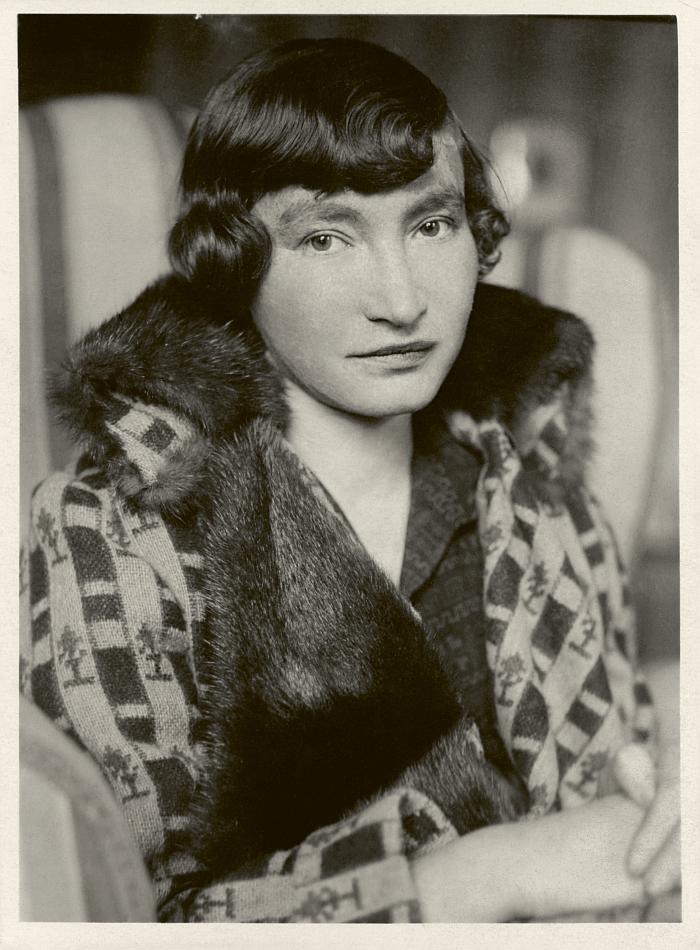
The architectural drawing is as old as architecture, arguably older than the architectural blueprint, and for as long as it has existed the architectural drawing has been an important component of not only how architects seek to present their plans to the public who will have to live with them, that storytelling of architecture, but also, arguably, played an important role in defining the relationships between architecture and society, of allowing architecture to continue to remain both a tangible, physical thing, but also a theoretical, intangible, visionary practice.
And much as architecture has changed over the centuries so to has the architectural drawing, one thinks for example of the montages of a Superstudio as a break not only with the architecture of the past but with the architectural drawing of the past; and since the 1990s the rise of computers has increasingly seen the architectural drawing become a computer generated image, and rendering, albeit regularly one with the impression of being the hand drawn of yore. Which, yes, could be a conceit that serves as the basis for a questioning of the honesty of the contemporary architectural drawing and thereby of contemporary architecture.
Just one of many questions Hand and Machine Architectural Drawings should allow one to approach via a presentation of drawings by some 40+ Norwegian and international practices, works created since 2008, and thus a period framed by the experiences and realities of the financial crash of 2008 and Covid of the 2020s, two events the curators argue that caused changes in how architects work, how the built environment was understood, how the demands of the built environment were understood, and also a time frame that marks the rise of social media, for all the rise of Instagram, as conduits for the digital dissemination of architects' drawings and storytellings.
And as a presentation Hand and Machine Architectural Drawings should also allow for reflections on what happens when the Hand of the title vanishes; should allow for reflections on where AI generated drawings and storytellings will take architecture, or perhaps more accurately how it will allow architects to sell their visions to a public who, unlike the architect, will have to live with their visions. And a public who are increasingly reliant on and susceptible to the truths of social media.
Thereby allowing the humble architectural drawing to allow access to questions on contemporary and future architecture while underscore its validity at the core of architecture.
Hand and Machine Architectural Drawings is schedued to open at The National Museum, Bankplassen 3, 0151, Oslo on Friday November 17th and run until Sunday March 31st. Further details can be found at www.nasjonalmuseet.no

Arising in a cooperation between the Brno based Moravská Galerie and Prague based design festival Designblok, where it was shown in October 2023 after premiering in Milan, Made by Fire showcases some 100+ works, by 40 contemporary glassmakers and ceramicists, realised in the Czech Republic; works, and creatives, which and whom in addition to providing for an overview of contemporary positions and approached to glass and ceramics in context of four general themes - Industry, Adaptation, Identity, Experiment - should also allow for insights into contemporary glassmaking and ceramics in context of issues such as, for example, the relevance of artisanal production in the 21st century, the role of historic forms, the health of Czech glass and ceramics, crafts that are almost part of the national identity, and also in context of contemporary environmental questions: neither glassmaking nor ceramics being known for their lightness in terms of resource use nor the compactness of their footprint. Can we still justify the fires of the glass and ceramics industries? Can the industries become more efficient? What are the alternatives? And are they?
And thus Made by Fire should allow not only for reflections on if we need, can justify, ceramics and glassmaking as we move forward, but should also help underscore the development, production and provision of our objects of daily use always occurs in context of prevailing technical, political, environmental et al realities and thus they are never passive components of society.
And also should allow you to enjoy a wide range of contemporary glass and ceramics, and introductions to a wide variety of creatives of varying hues.
Made by Fire is sceduled to open at the Moravská Galerie, Husova 536, 662 26, Brno on Friday November 17th and run until Saturday August 31st. Further details can be found at https://moravska-galerie.cz
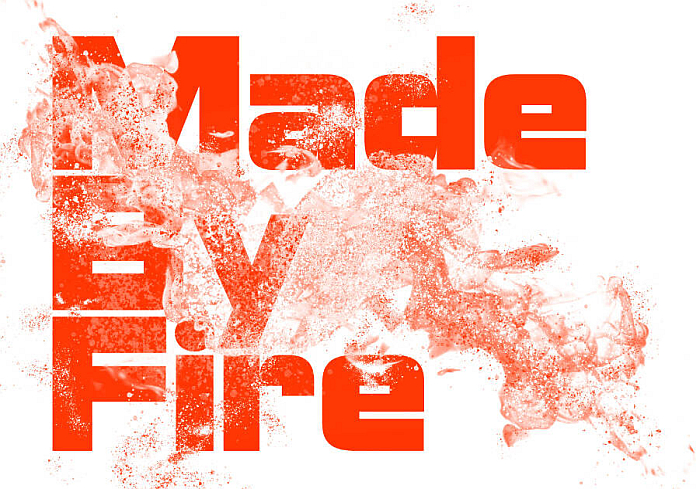
For all that Karl Ernst Osthaus is arguably best known today as the founder of the contemporary Museum Folkwang in Essen, with its vast collection of 19th and 20th century artworks, he was also one of the more influential, important and driving figures in the development of design in the Germany, and by extrapolation the Europe, of the early years of the 20th century. And that despite not being a designer. Or a manufacturer.
Rather Karl Ernst Osthaus was a patron, a promoter, an advocate, for novel ideas and positions, for all for the clarity, reduction, and industrial production possibilities, being proposed and propagated at the turn of the 19th/20th centuries; a patron, a promoter, an advocate who in addition to helping the careers of the likes of, and amongst many others, Peter Behrens, Jan Thorn Prikker, Bruno Taut or Henry van der Velde, was also a driving force behind the creation of the Deutsche Werkbund, that so influential voice in the debates and discussions on our objects of daily use in the earliest decades of the 20th century. And was also, in 1909, founder and driving force behind the so-called Deutsches Museum für Kunst in Handel und Gewerbe, a museum that wasn't, rather was collection of objects from across a wide range of creative genres, a collection assembled under Osthaus's mandate by the likes of, for example, Richard Riemerschmid, Josef Hoffmann or Walter Gropius and which whether glass, ceramics, textiles, graphics, furniture, whatever represented, for the Deutsches Museum, the pinnacle of contemporary design and approaches, was that which contemporary should be embracing and demanding, was an act of 'taste-building' amongst the masses, a call for the novel of the age. And to which effect the Deutsches Museum was actually a travelling exhibition staged at museums throughout the, then, Germany, much as post-War the New York Museum of Modern Art would send its exhibition of 'Good Design' around department stores, thereby establishing Mid-century Modernism. And further advancing consumerism.
Following Osthaus's death in 1921 the contents of the Deutsches Museum were transferred to the Kaiser Wilhelm Museum, Krefeld, who as the contemporary Kunstmuseen Krefeld will present the Deutsches Museum in an exhibition that quite aside from allowing access to the (hi)story of the Deutsches Museum, to appreciations of what was considered 'contemporary' by the avant-garde in the 1910s, what was considered exemplary in the 1910s, worthy of achieving in 1910s, should also allow for reflections on our own contemporary consumer culture, the question of what is 'good' design, what is 'good' taste, what is 'exemplary', and also allow an objective questioning of the role of the media in the design, provision and supply of our object of daily use, help underscore that the contributions of Instagram and TikTok as medial drivers of consumer culture are just the latest manifestation of a long established tradition. And also allow for reflections on museums as representatives of the contemporary as much as of the past.
The Grand Seduction. Karl Ernst Osthaus and the Beginnings of Consumer Culture is scheduled to open at the Kaiser Wilhelm Museum, Joseph-Beuys-Platz 1, 47798 Krefeld on Friday November 24th and run until Sunday April 28th. Further details can be found at https://kunstmuseenkrefeld.de
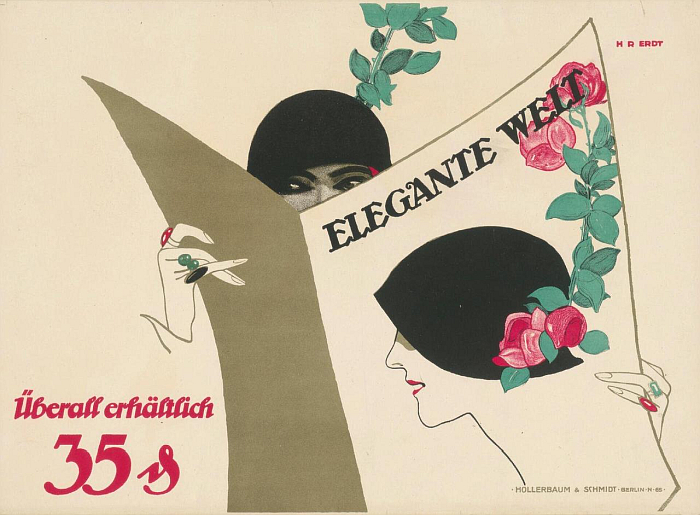
Edvard Ravnikar was, is, one of the Grand Doyens of 20th century architecture in Slovenia, one of those architects who having learned the ways of the International Modernists as a student before the War translated and interpreted those positions in and for post-War Slovenia, technically Yugoslavia. An architect and urban planner who not only realised major projects such as, for example, the Cankarjev dom concert and culture centre, Ljubljana, numerous post-War public housing projects or the Council Assembly building, Kranj, but who in his theoretical positions questioned established architecture and urban planing positions and approaches in context of the realities of post-War Slovenia, and thereby motivated and inspired younger generations to question and re-imagine architecture, urban planing and the built environment in general, and that not least in context of his 30+ years as Professor at the University of Ljubljana's Faculty of Architecture.
Promising an exhibition which explores Ravnikar's life and work via four main threads: his many 1950s memorials in context of the 1939-1945 War, his public buildings in Kranj, his urban planning projects and his Revolution Square, the contemporary Republic Square, Ljubljana, that arguably most popularly visible work by Ravnikar and which in stands in such towering contrast to the neighbouring old town district, but then so did 1960s Slovenia, 1960s Yugoslavia.
A presentation that through a mix of plans, sketches, photographs models, et al supported by recollections and contributions from his colleagues and pupils, and also material related to his teaching and research, should allow for both an extensive introduction to Edvard Ravnikar, his work and importance, and thereby enable a more nuanced contemporary appreciation, and potentially re-appraisal, of an architect and urban planner who should be better know today than he is and who, arguably, still has an awful lot to contribute to contemporary discourses, in Slovenia and far beyond.
Edvard Ravnikar is scheduled to open at MAO, Grad Fužine, Rusjanov trg 7, 1000 Ljubljana on Thursday November 30th and run until Thursday May 30th. Further details can be found at https://mao.si
